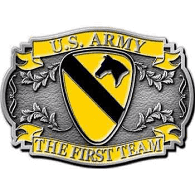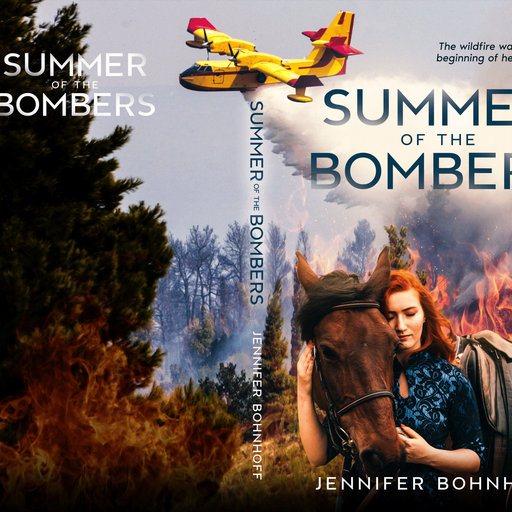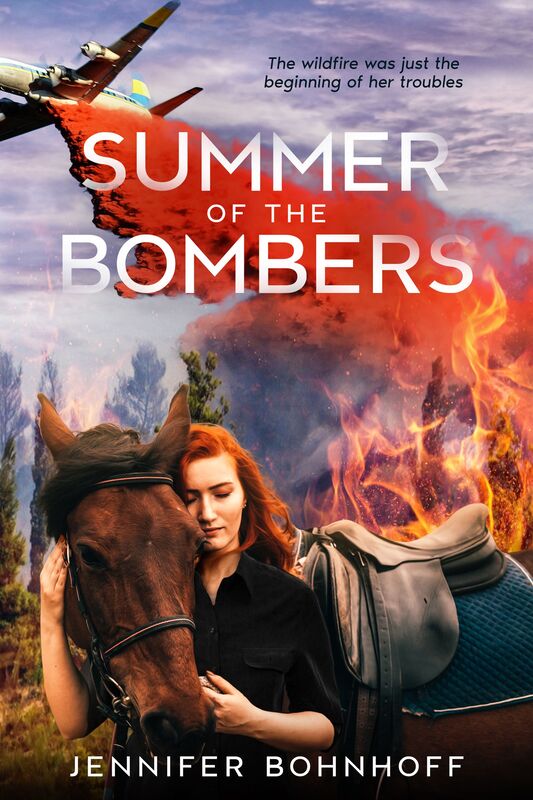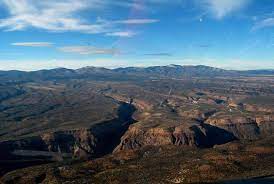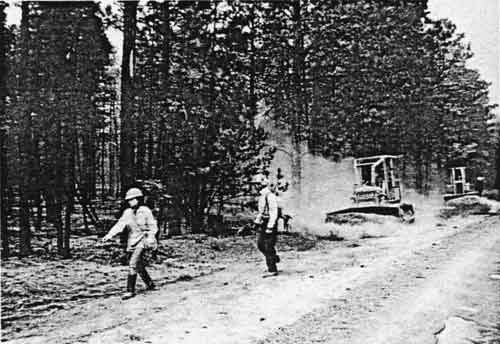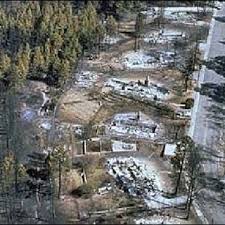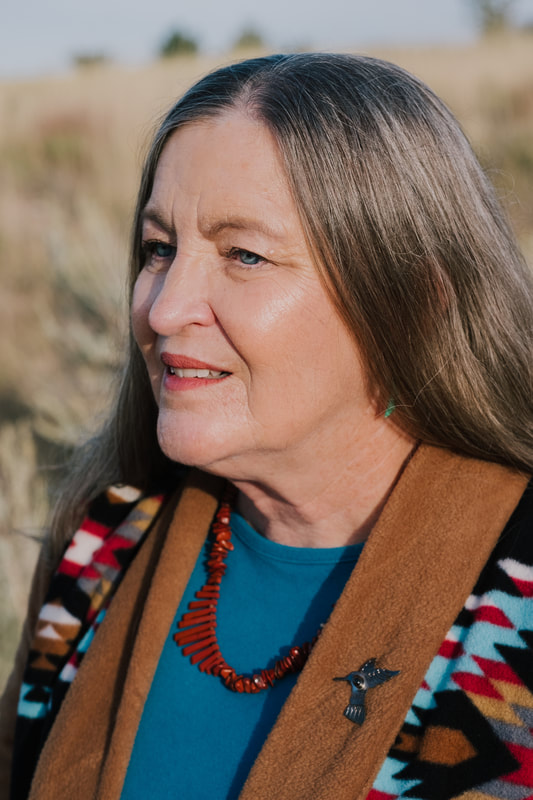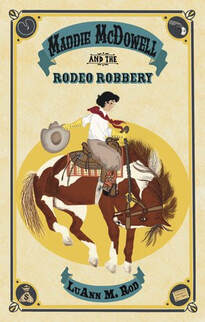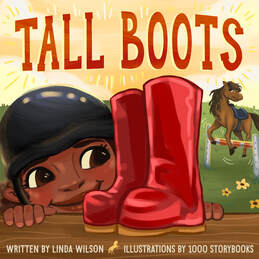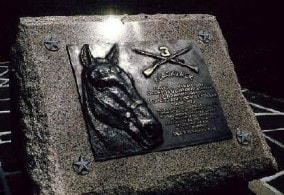

Until the late 1800s, most men, including cowboys, didn’t wear belts with buckles at all. Pants were high-waisted, and tightened with a cinch at the back, or were held up with suspenders. It wasn’t until after Levi Strauss began mass-producing dungaree jeans that had belt loops that men, including cowboys, gave up suspenders and began wearing belts with buckles. Most buckles then, as now, had a square or rectangular piece of metal attached to one end of the belt, with a tongue that went through a hole in the leather to secure it.
 Victorian British Army Officer's buckle
Victorian British Army Officer's buckle  US Army Officer's buckle, 1855
US Army Officer's buckle, 1855
Because belt buckles continue to be awarded for accomplishments such as barrel racing, bull riding, team roping, tie down roping and more, trophy buckles are sort of a cowboy’s resume. The most coveted buckles are those awarded by the PRCA, and once earned, are worn with pride.

When a controlled burn goes out of control, it burns a path a destruction through everything that fourteen-year-old Margaret “Punkin” Davis loves. Her home is destroyed, her horse is stolen, and her family is broken apart. She must find the inner strength to rebuild her life one piece at a time or lose everything.
This YA novel about resilience and self determination is based on the events of the devastating Cerro Grande Fire in May, 2000, one of many wild fires that have raged throughout the Western United States.
